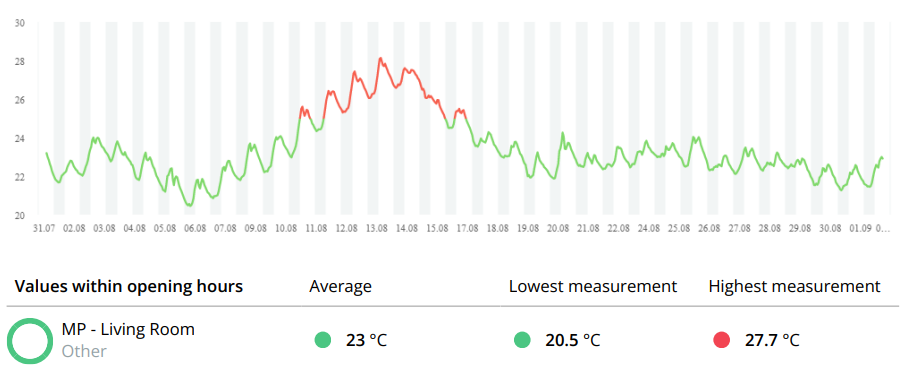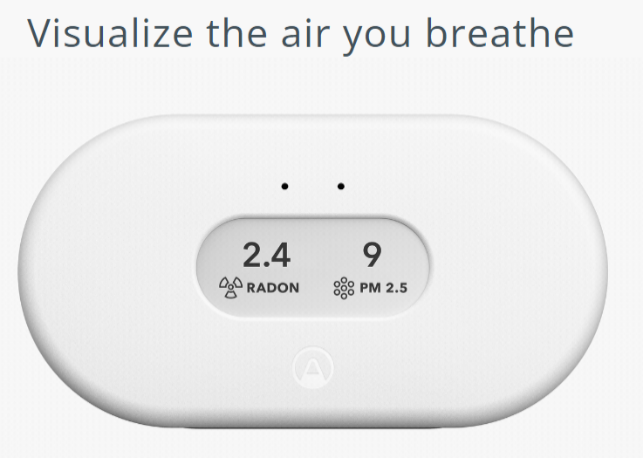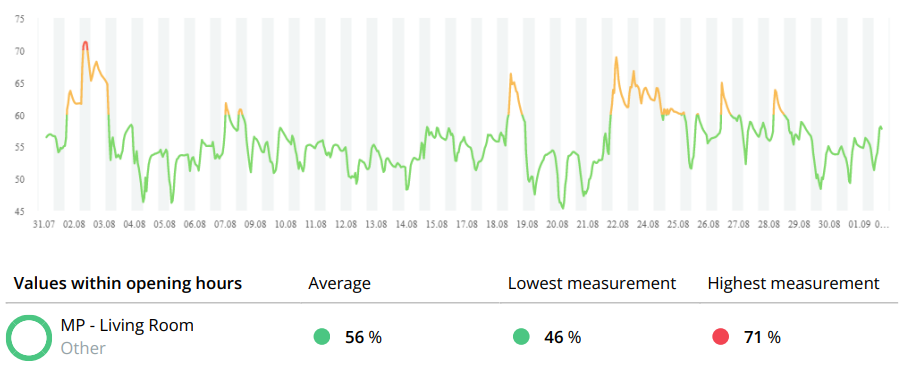Did you know that the average person spends 90% of their lifetime indoors? If you are 40 years old, that’s a massive 36 years. We spend so much time indoors that we should be called the indoor generation!
Sure, there are lots of studies, evidence and awareness of what contributes to outdoor pollution and how it is harmful to health, but have you ever considered the quality of the air that you breathe indoors? Outdoor air pollution does not bounce off the front door, and there can also be significant sources of indoor air pollution. This all means that indoor air can be more polluted than outdoor.
To address this, Torus Foundation and our Healthy Neighbours Project Hubs have teamed up with the Beyond Transformation Programme, NIHR Applied Research Collaboration (ARC NWC) Equitable Place Based Health and Care team and Airthings to install indoor air quality monitors in the homes of eligible residents of leading North West social housing provider, Torus, across Liverpool, St Helens and Warrington.
The aim of our campaign is to use the indoor air quality monitors to get a better picture of the home environment, identify any structural causes of poor indoor air quality, and to empower households to make changes to improve their surroundings.
A prerequisite of having an indoor air quality monitor installed is for the household to have a child / children under the age of 5. We are focusing on these households because children are especially susceptible to poor air quality, with respiratory illnesses accounting for the majority of infections in children of this age group. Research shows 96% of homes have at least one type of indoor air quality issue ranging from excessive dust, high humidity, or emissions from cleaning products, and/or building materials.
The data collected in the home is visible on a customisable screen and the tenant can choose to display the insights that matter to them. There is a colour-coded indicator which shows overall air quality good, fair or poor using a RAG rating. A QR code is generated and given to each household so tenants can see their data any time, anywhere.
The project group have access to an online dashboard. This allows overall access to each device where reports can be generated and shows a breakdown of data. Alongside this data, we are having regular conversations with tenants to ask about what changes they are making, and volunteers from the Foundation’s Healthy Neighbours Project are sharing hints and tips to improve the quality of the air.
Extraction from building ‘M’ for humidity:
Extraction from building ‘M’ for temperature:
 In homes where the indoor air quality monitors have been installed, informal feedback from many participants has shown that changes are being made already. Extractor fans are being used, there is a reduction in misuse of cleaning products and fewer candles are being burned, alongside improved ventilation of the homes.
In homes where the indoor air quality monitors have been installed, informal feedback from many participants has shown that changes are being made already. Extractor fans are being used, there is a reduction in misuse of cleaning products and fewer candles are being burned, alongside improved ventilation of the homes.
So, what’s your next move? Join the conversation, join the movement, and let’s improve indoor air quality together #ICareAboutMyIndoorAir
If you would like further information about the Air Quality Monitoring Project, contact Torus Foundation via info@torusfoundation.org.uk.
By Melanie Pilling, Torus Foundation and Douglas Booker, NIHR Applied Research Collaboration
Visit the #AskAboutAsthma 2022 campaign page for more content.


